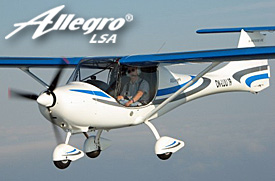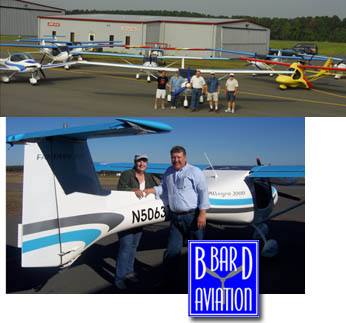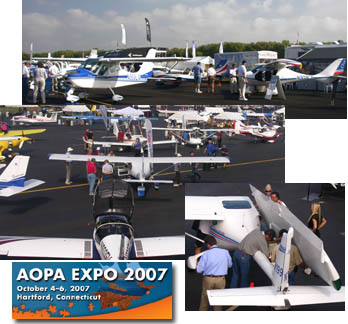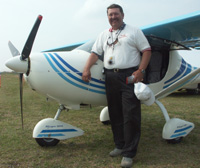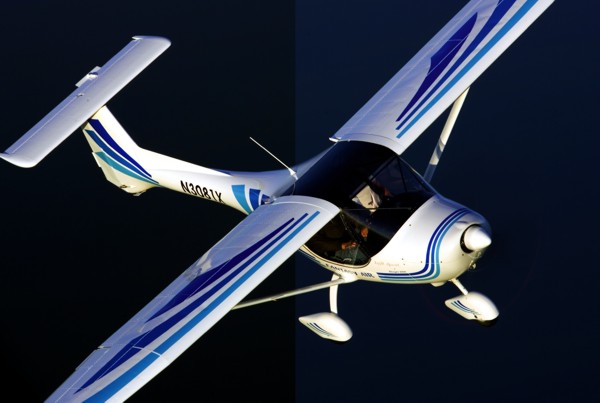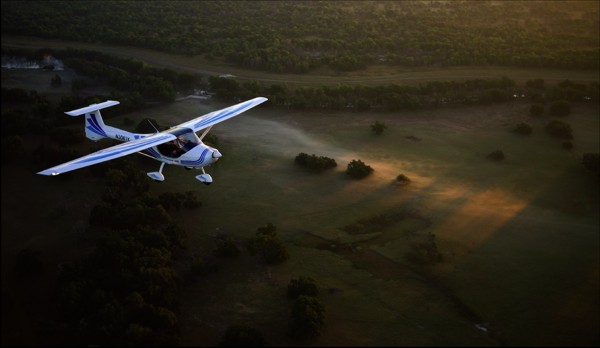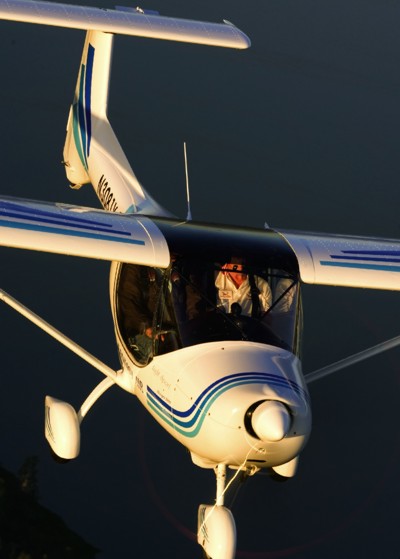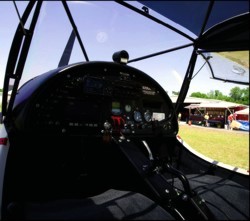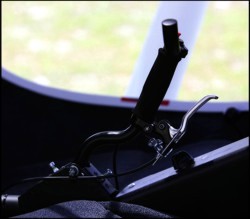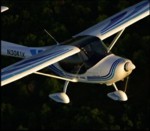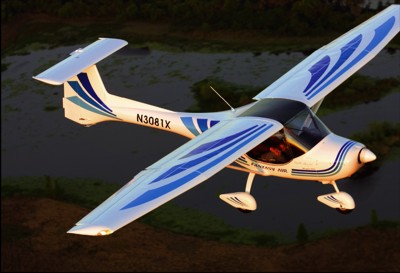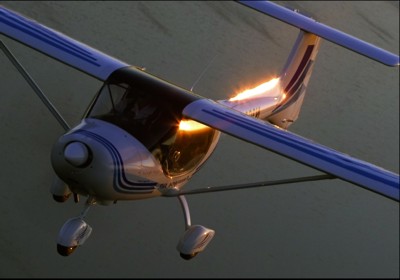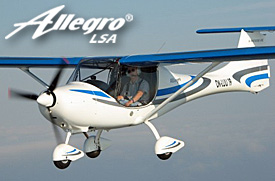
LSA America now produces the Allegro in Littleton, North Carolina and anticipates their first U.S.-produced LSA approval before Oshkosh 2011. Despite Czech-based Fantasy Air’s ceasing manufacturing several years ago, Allegro did well enough in the first couple years to still retain the #14 rank. *** Exciting as this now-Made-in-the-USA story may be, this article has a different focus. I want to tell you about an older Allegro, one that has logged more than 3,500 hours, nearly all of them doing training. *** With a few other long-serving LSA that I’ve been told about, this addresses the matter about Light-Sports being durably built to perform instructional flying over an extended period. Some pilots believe lightly built LSA cannot handle the duress of students learning to fly. *** Allegro (N50631) appears to disprove the argument that LSA aren’t tough enough. New factory operator Doug Hempstead stated, “The composite fuselage has proven itself in a flight school setting and aluminum wings make [Allegro] affordable to repair.” He continued, “[Our trainer] is an Allegro 2000, the design built from 2000 to 2006.” It was put in service at B Bar D Aviation Flight School with 200 hours.


